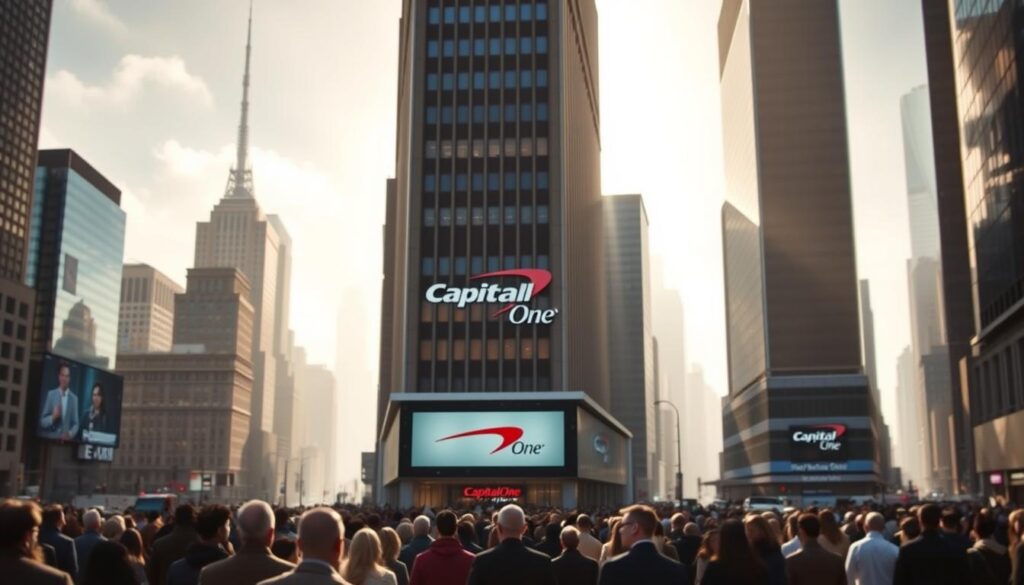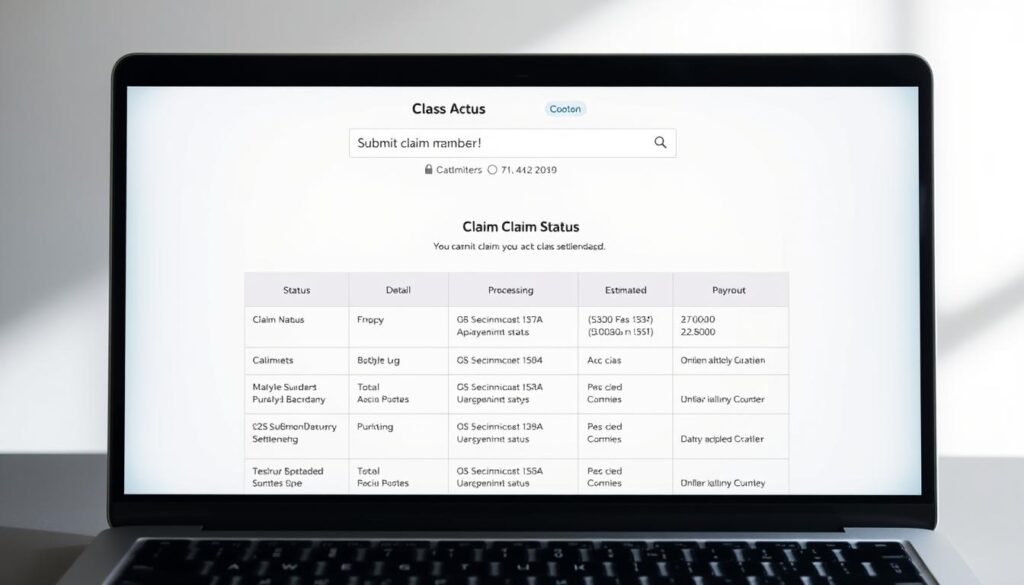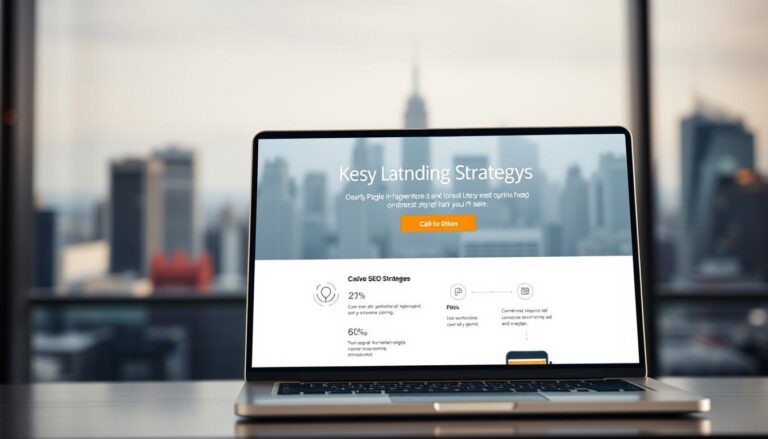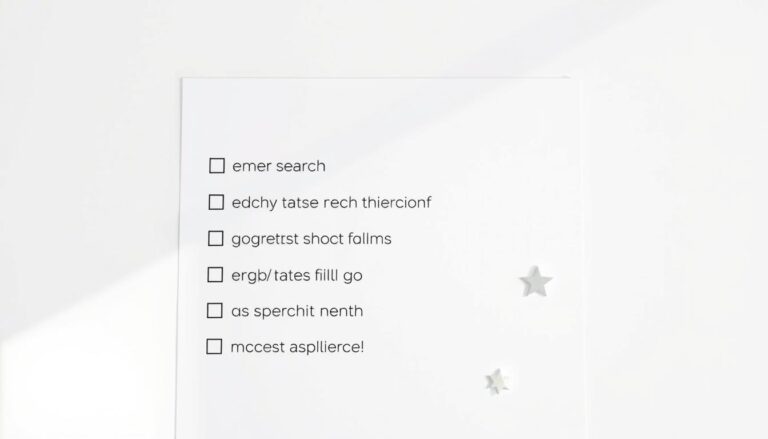This overview explains where matters stand after the 2019 data breach that exposed personal information of about 98 million U.S. consumers.
The breach prompted a final $425 million resolution for affected users, and claims and payment reissues are now closed. Only identity defense and restoration services remain active for eligible customers.
Separately, a $16 million class action addressed alleged repeated NSF and overdraft fees for certain accounts from 2015–2022. New litigation from the CFPB alleges lost interest for some 360 Savings accountholders compared with higher-yield products.
This piece clarifies which programs are finished, which benefits continue today, and why uncashed checks tied to prior payouts are void. It also helps readers match their accounts to the correct matter and spot any remaining actions they might need to take.
Key Takeaways
- The breach affected about 98 million U.S. consumers and led to a major, finalized payout.
- Claim filing and payment reissue periods for that matter are closed; identity services remain available.
- A separate $16 million class action resolved alleged extra NSF/overdraft fees for a defined period.
- The CFPB suit alleges billions in lost interest for some savings account holders and is ongoing.
- Uncashed checks from the earlier program are void and should not be deposited.
capital one settlement status today: what’s closed, what remains, and what’s newly alleged
Most legal windows tied to the 2019 data incident have closed, while limited protections still apply for some customers.
What’s finished: The breach-related claim filing and payment reissue periods are closed. Any uncashed check from that program is void and should not be deposited.
What remains: Identity Defense and Restoration Services from the earlier matter continue for eligible individuals. These services are the only active remedial benefits from that action today.

What’s newly alleged: The CFPB lawsuit claims the bank kept 360 Savings at a low rate for years while promoting higher yields for 360 Performance Savings. That new action seeks redress and penalties and could affect how interest and rate disclosures are handled going forward.
- Closed windows do not reopen because of the new lawsuit.
- Different accounts determine which matter applies: breach benefits, the $16 million class action about NSF fees, or the rate lawsuit.
- Check official filings and regulator pages for updates and future deadline notices.
Who is eligible and what payouts apply across major cases
Which accounts qualify depends on the specific action—breach relief, the NSF class, or the CFPB rate lawsuit.
2019 data breach: final status, identity services, and voided checks
The data breach matter is final. Claim filing and payment reissue windows are closed.
Settlement class members notified about the July 2019 incident still have access to Identity Defense and Restoration Services. Any uncashed checks from that program are void and should not be deposited.
$16 million NSF/overdraft fee class action: who qualifies and how payments ran
The McNeil class resolved for $16 million covers accountholders with items resubmitted between 9/1/2015 and 1/12/2022 who were charged multiple NSF or overdraft fees on the same transaction.
Relief was distributed via account credits or mailed payments depending on records. Check past notices or account history to confirm inclusion.
CFPB lawsuit over 360 Savings vs. 360 Performance Savings
The Bureau alleges the 360 savings account rate stayed near 0.30% while 360 Performance rose to 0.40% (Apr 2022), 3.30% (Jan 2023) and 4.35% (Jan 2024).
This lawsuit claims over $2 billion in alleged lost interest. Because it is ongoing, no payments are available now; any money would depend on future court outcomes or a negotiated resolution.
Claims, deadlines, and how to verify your part of a class action
Deadlines and claim windows differ by case, so verifying your role in any class action starts with simple record checks. Start by locating any mailed notices, emails, or account statements you received during the relevant period.

Filing periods, payment reissues, and communications to members
For the breach matter: the submit claim window and payment reissue period are closed today. Only Identity Defense and Restoration Services remain available for eligible settlement class members.
For the McNeil class: class members had eligibility tied to account activity from 9/1/2015 through 1/12/2022. Notices explained how payments or account credits were distributed from the $16 million fund.
How to check claim status, payments, or eligibility for accounts
To confirm whether you were part of a class, match your account type, dates, and any NSF or overdraft charges to the published class definitions. Then use official resources: the court docket, the administrator’s site, or company notices.
- Review past statements for credits or mailed checks; uncashed checks tied to the breach are void and not reissued.
- Keep copies of notices, emails, and transaction records as proof of membership in class actions.
- If you missed a deadline, there is no process to submit claim late for closed matters, but Identity services may still apply for eligible members.
For up-to-date information about a pending lawsuit or potential interest payments, rely on court filings and regulator pages rather than third-party sites. That protects your data and gives the most accurate guidance on next steps.
What to do next and where to find reliable updates
Keep watch on official filings and company notices so you’ll know if redress, interest payments, or a new program arises. Check court dockets and administrator pages for verified information about any class action or action lawsuit.
If you hold a 360 savings account or a 360 savings product, compare your historical interest rates to posted rates for 360 Performance Savings to assess possible exposure if the CFPB claims prove true.
Protect your money: do not cash old breach checks. Keep contact details current with any administrator, save statements that show balances and rates, and consider filing a CFPB complaint if you think customers cheated billion in lost interest.










